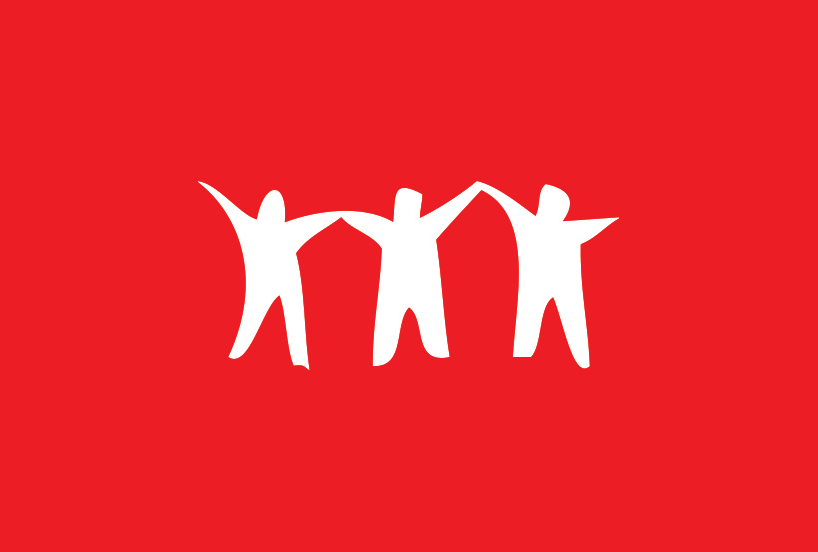8 Dimensions of Wellness
An active and personal process of caring for ourselves and others, influenced by our diverse cultures, identities, and life experiences. Inclusion, diversity, equity, and access are required to support our basic needs, and to build a life that feels aligned and authentic to who we are and who we strive to be.
Understanding the 8 Dimensions of Wellness
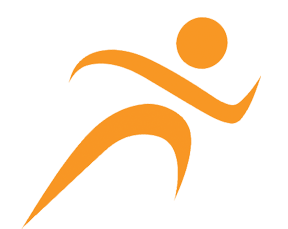
Adopting health enhancing habits to care for our unique and diverse bodies.
Examples of physical wellness include, but are not limited to:
- Seeking routine, preventative, and trusted medical care
- Prioritizing sleep and rest
- Eating a variety of foods that fuel our bodies and minds, as well as honor our personal beliefs, values, and customs
- Engaging in physical activity and movement
- Engaging in harm reduction strategies
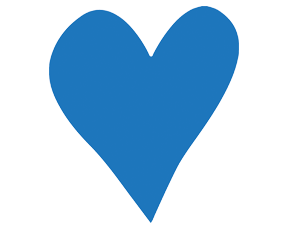
An awareness and understanding of our feelings, and the ability to adjust to life's ups and downs.
Examples of emotional wellness include, but are not limited to:
- Identifying, expressing, and validating a wide range of emotions
- Establishing boundaries
- Managing stress
- Empathizing with others and practicing compassion
- Asking for help
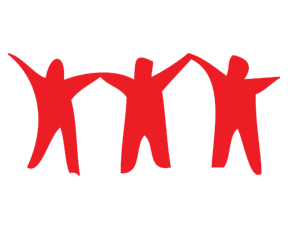
Developing and nurturing positive and inclusive relationships with people and our community.
Examples of social wellness include, but are not limited to:
- Being aware of our social and cultural backgrounds
- Understanding the depth and diversity in others
- Building a strong social support network
- Creating inclusive spaces
- Communicating effectively with others
- Contributing to our community
- Advancing causes for social good
- Engaging in acts of kindness
- Positively influencing our social environment by being antiracist, inclusive, and challenging our personal biases

Exploring new ideas, life-long learning, and a deeper understanding of different perspectives.
Examples of intellectual wellness include, but are not limited to:
- Engaging in respectful and inclusive interactions
- Participating in mentally stimulating and creative activities
- Thinking critically and reasoning objectively
- Expanding professional and personal knowledge
- Being curious
- Trying new things
- Learning in ways that most suit us
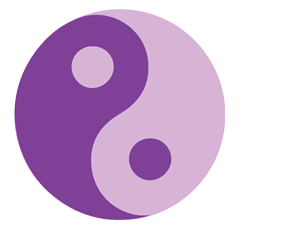
Seeking meaning and purpose in life and honoring our personal beliefs.
Examples of spiritual wellness include, but are not limited to:
- Fostering a connection with something larger than ourselves
- Holding beliefs and values that guide our actions
- Respecting religious traditions
- Practicing gratitude
- Connecting mind, body, and soul
- Seeking harmony with the universe
- Engaging in meditation

Preparing for and engaging in meaningful work, life, and leisure that is consistent with our values, goals and lifestyle.
Examples of vocational wellness include, but are not limited to:
- Engaging in personal and professional development
- Assessing personal satisfaction and performance in our work
- Maintaining a healthy work-life integration
- Creating an inclusive workplace culture
- Engaging in acts of service

Recognizing the interconnectedness between ourselves and our social, natural, and built environments, and striving to make a positive impact.
Examples of environmental wellness include, but are not limited to:
- Respecting and protecting our natural environment through sustainable practices
- Enjoying time in nature
- Improving living conditions and access to resources
- Protecting ourselves and others from environmental hazards
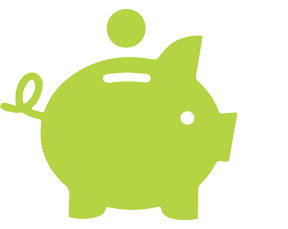
Managing resources responsibly and in ways that align with our personal values, diverse needs and unique circumstances.
Examples of financial wellness include, but are not limited to:
- Making informed financial decisions and investments
- Supporting causes we care about
- Learning skills to manage resources within our means
- Setting realistic financial goals
- Preparing for short-term and long-term needs
Our eight identified dimensions of wellness are modeled after SAMHSA’s eight dimensions of wellness. Wellness dimension definitions were created by UMD staff, community members, and influenced by a wide array of resources.
The language on this page is currently shared with RecWell. We encourage our colleagues across campus to borrow this language as well.



